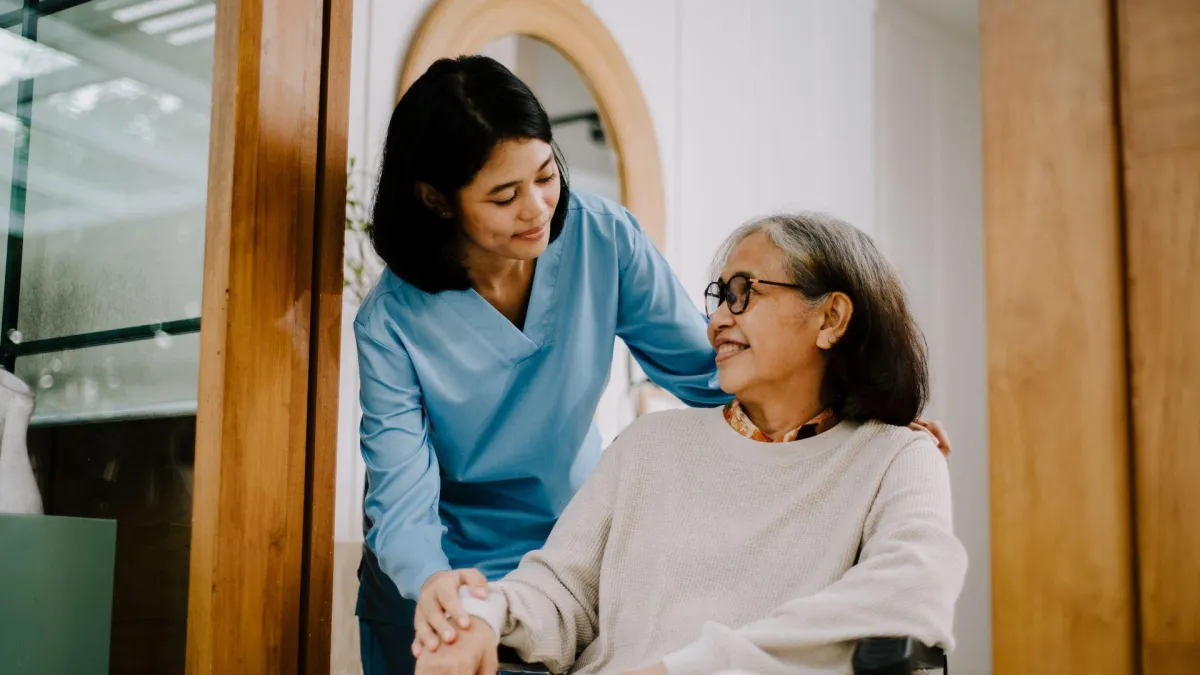Summative Reflection
Throughout my journey in the Caring Science courses, as evidenced by my reflective journal and scholarly writing, I have experienced meaningful growth as both a clinician and a writer. Initially, my approach to nursing was primarily task-oriented, with a focus on efficiency and accuracy. However, through engaging deeply with Watson’s theory of Caring Science, readings like McGonigal’s The Science of Compassion, and structured models such as DEAL (Ash & Clayton, 2009), my perspective has broadened to embrace the vital importance of authentic presence, empathy, and holistic, person-centered care.
The process of reflective journaling has become a powerful tool for self-assessment and growth. For example, articulating clinical experiences in the context of Carper’s Ways of Knowing allowed me to move beyond simply reporting actions, to critically examine why I make the choices I do and how my actions impact patient outcomes and the overall milieu of care. This reflection has helped me recognize areas for growth and strengths in my everyday practice. Being able to draw connections between course readings, such as the emphasis on compassionate communication (McGonigal, 2016; Goulston & Ullmen, 2013) and lived experiences (like managing patient frustration or supporting family involvement), made my learning deeply relevant and personal.
My greatest accomplishment during this course was developing a more intentional and balanced nursing presence, integrating clinical skills with advocacy, emotional intelligence, and adaptability to patient needs. The assignments required me not only to understand but to embody concepts such as authentic listening, creating healing environments, and advocating for patient dignity, as highlighted in my journal entries. These elements have directly improved my ability to connect with both patients and colleagues, especially within challenging dynamics, as modeled in my work as a charge nurse.
Professionally, I strengthened essential skills such as clinical reflection, ethical reasoning, communication, and the implementation of theory-based practice. By merging scholarly literature with practical examples, I learned to communicate more effectively about care priorities—to patients, families, and healthcare teams. This, in turn, has enhanced my leadership skills and confidence in advocating for best practices. Overall, these artifacts stand as a testament to my journey toward greater self-awareness, compassion, and competence in the complex art and science of nursing.
References
Ash, S. L., & Clayton, P. H. (2009). Generating, deepening, and documenting learning: The power of critical reflection for applied learning. Journal of Applied Learning in Higher Education, 1, 25–48.
Goulston, M., & Ullmen, J. (2013). Connecting through "Real" influence. In Real influence: Persuade without pushing and gain without giving in (pp. 97-134). AMACOM
McGonigal, K. (2016). The science of compassion: A modern approach for cultivating empathy, love, and connection [Audiobook]. Sounds True.

Caring Science Journal 1
